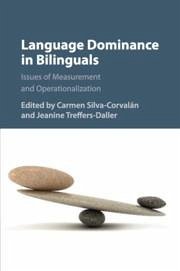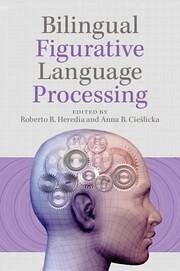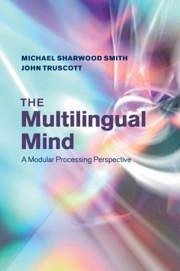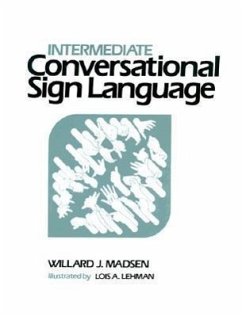
Language Dominance in Bilinguals
Versandkostenfrei!
Versandfertig in über 4 Wochen
41,99 €
inkl. MwSt.

PAYBACK Punkte
21 °P sammeln!
With accessibly written contributions from leading scholars of bilingualism, Language Dominance in Bilinguals is the first publication to present an overview of different approaches to language dominance, along with suggested avenues for further research. It is essential reading for students and scholars working in bilingualism, speech therapy and education.














